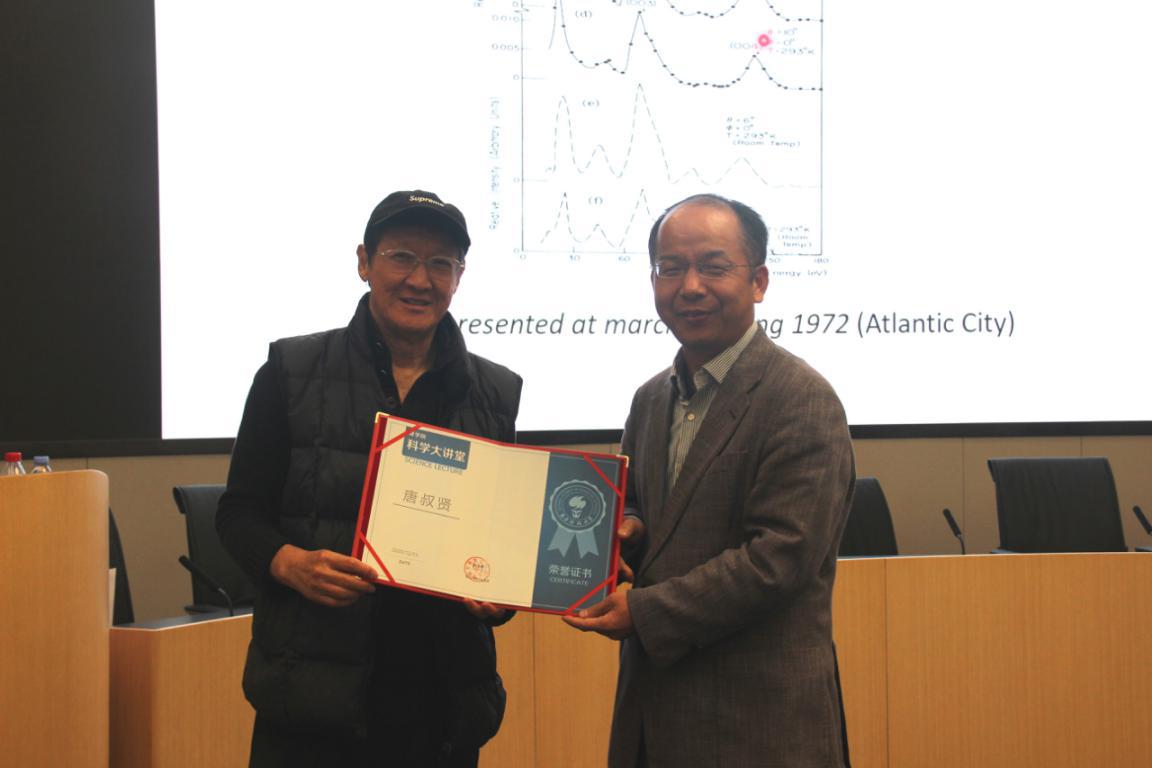Shuxian TANG: From Surface Science to Surface Catalysis
Pei WANG 2020-12-17
On December 15, 2020, Prof. David Shuk Yin Tong of the Chinese University of Hong Kong, Shenzhen was invited to the 49th Science Lecture in College of Science. He gave a talk on From Surface Science to Surface Catalysis, which was chaired by Jiaqing HE, chair professor of Dept. of Physics.
Guest Introduction:
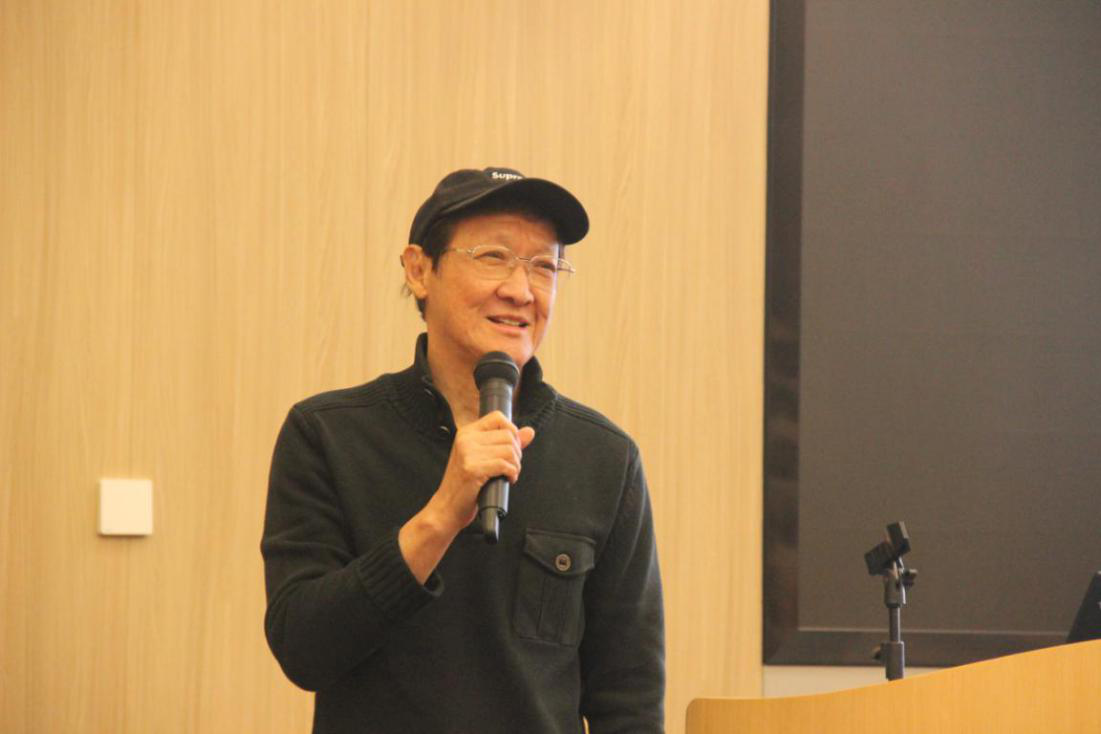
Prof. David Shuk Yin Tong, dean of Graduate School of CUHK-Shenzhen is an academician of Chinese Academy of Sciences, fellow of American Physical Society and member of the World Academy of Sciences. From 2011 to 2014, he worked as leading professor and Chair of the Academic Committee, and also the founding dean of Dept. of Physics of Southern University of Science and Technology.
Prof. David Shuk Yin Tong is internationally recognized for his work on surface structure determination and techniques. He developed quantitative low energy electron diffraction (q-LEED), photoelectron diffraction and holography, high resolution electron energy loss spectroscopy (HREELS) and reflection high energy electron diffraction (RHEED) in their application to determine surface structure. Recently, Prof. Tong studied the growth of thin films on substrates and surface catalysis. In 1997, Prof. Tong received the Croucher Senior Fellow award.
He has published 6 books and over 280 papers on international high-impact journals with over 10000 times citation. His H-index is 52.
Lecture Review:
During the lecture, Prof. Tong introduced their studies on ZnO surface structure and the theoretical contradictions over the polar surface of ZnO.
A large number of experiments have observed that this structure contains triangular vacancies at 900K degrees celsius. Prof. Tong’s team observed many eye-like circles distributed around the triangular vacancies at 1300K, they found that the corresponding configuration under 900K degrees celsius condition is not the most stable surface structure. In addition, they found that different sizes of triangular vacancies correspond to different amounts of atom loss. Combined with DFT theoretical calculations, they determined that the bright circles observed are generated from the oxygen atoms that cannot be completely diffused on the surface but stabilized after being bound with the atoms on the surface. Based on this, they proposed an ADC model for understanding the surface reconstruction phenomenon of ZnO.
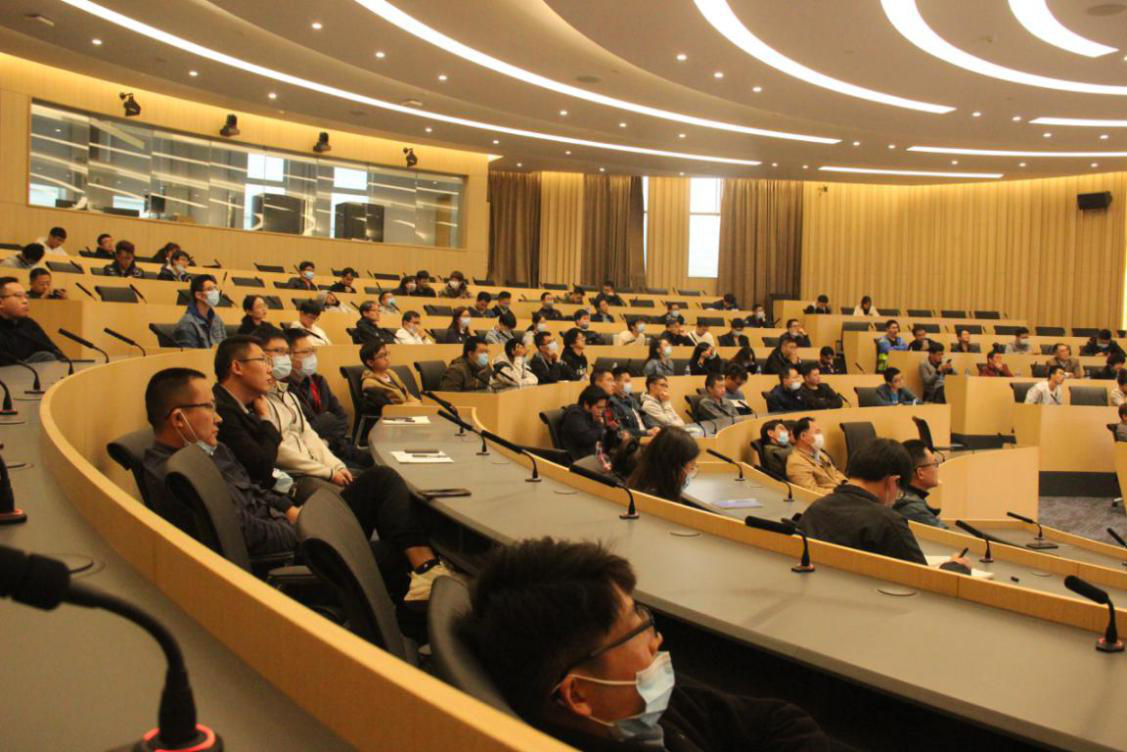
A glance at the lecture
Later, Prof. Tong introduced his team's experimental work on the preparation of blue phosphorus on Au substrates in recent years. Although previous experiments have reported that clear, highly symmetrical STM images could be observed on Au substrates, and different blue phosphorus models were given, the team of Prof. Tong predicted that the truly stable configuration is the Au-P grid structure combined with theoretical calculations. In addition to lower formation energy, this model also corresponds well to the experimental STM images. And the LEED analysis combined with this model is indeed in good agreement with the experimental results.
During the report, Prof. Tong also talked about the widely discussed problems and contradictions of Au clusters on MoC substrate involved in the water-gas conversion mechanism. In response to this issue, his team employed theoretical calculations to give a possible new research mechanism, and a better catalytic substrate of Au-TiC system based on the experiments.
In the lecture, Prof. Tong also introduced the research and development history of material surface science, and shared his experience during postgraduate years when he was exposed to the LEED method for the very first time. He enlightened the students that systematic scientific research requires sufficient experiments to test the reliability of conclusions, and correct scientific conclusions must be based on multiple verifications.
Interactions:
After the lecture, the audience exchanged with Prof. Tong on the principle and mechanism behind the LEED technology and the history of early experiments to determine the structure. Prof. Tong explained one by one.
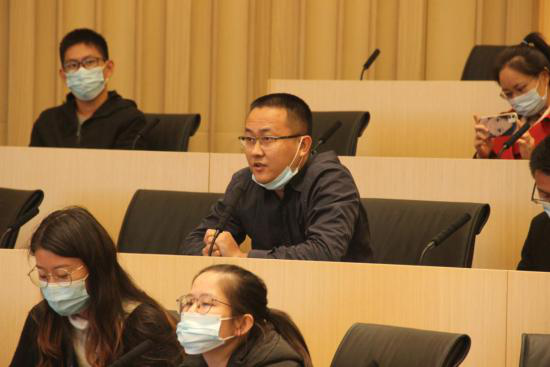
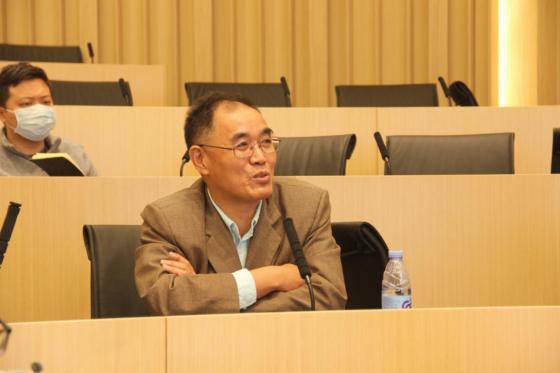
Interactions
Finally, Prof. Jiaqing HE handed an honorary certificate to Prof. Tong and had a photo with him.
